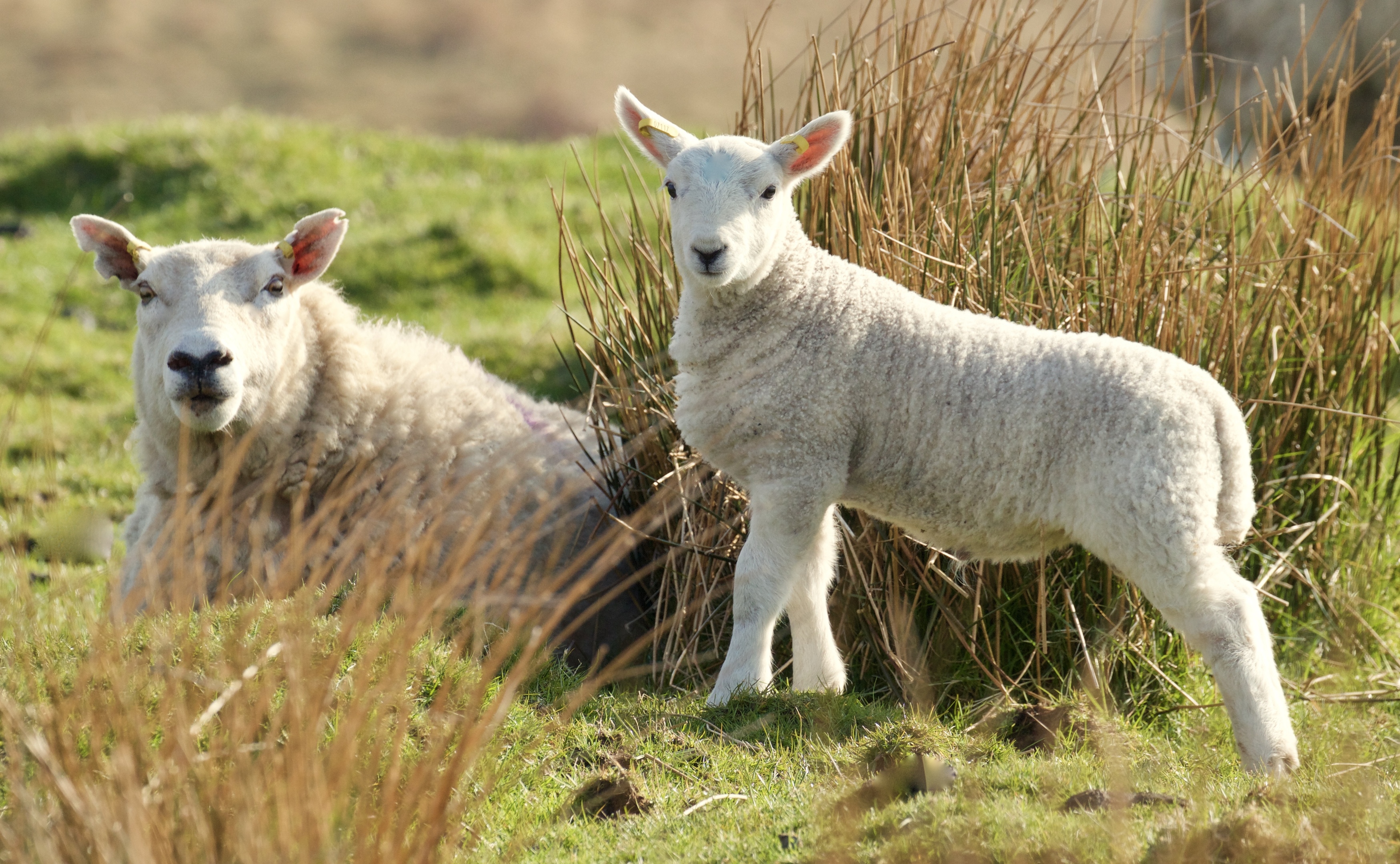The essential role played by flocks and shepherds in the hills and uplands has been outlined in an ambitious new industry document ahead of the Brexit negotiations.
The National Sheep Association (NSA) has recognised that Scottish sheep production is arguably the most exposed farming sector when the UK leaves Europe as the industry is heavily reliant on export markets. And the organisation’s Scottish chairman, John Fyall, argues there has never been a more vital time to stress the importance of the industry.
In an armoury of facts, statistics and working case studies, the document describes how sheep contribute to tourism, carbon sequestration, community viability, the rural economy and biodiversity as well as food production from the most marginal ground in Europe.
It is designed to educate policy makers and the general public and was launched at a hill farming summit in the Highlands attended by Rural Secretary, Fergus Ewing.
Mr Fyall said: “The NSA hopes this is the start of a regular and constructive dialogue on how we protect and promote the sheep industry in the face of trade, regulatory and support changes.”
St Andrews farmer and NSA development officer, George Milne added it would shortly be presented to all parties in parliament.
“It is vitally important that all politicians and trade negotiators know exactly how important the sheep industry is to Scotland and the UK and the many benefits that sheep and sheep farmers deliver for the rural economy,” he said.
The document is expected to be complimented by a smaller lowland publication looking at sheep on arable farms and the return of the “golden hoof” in low ground rotations.
It calls on the support of large retailers to improve public awareness and promote the product, and suggests the British wool industry could be developed to drive better prices for fleeces.
On the impact on the environment, it says sheep farming provides a valuable source of quality water, carbon sequestration and biodiversity. And it adds that sheep farmers provide a wealth of social and health benefits for residents and tourists alike.
It states: “Many people working in urban areas look to the great outdoors for recreational activities and to boost their mental and physical health, with proven results. They also provide a wealth of history and culture, with many traditional practices, buildings and ways of life maintained by the local people. Farmers pride themselves on their work and achievements, which often span generations, and the strong sense of place which their ancestral heritage provides them.
“Attracting visitors to the area boosts the local economy
and allows for farmers to diversify into travel and tourism, increasing their incomes from the otherwise poor returns from farming.”
nnicolson@thecourier.co.uk










